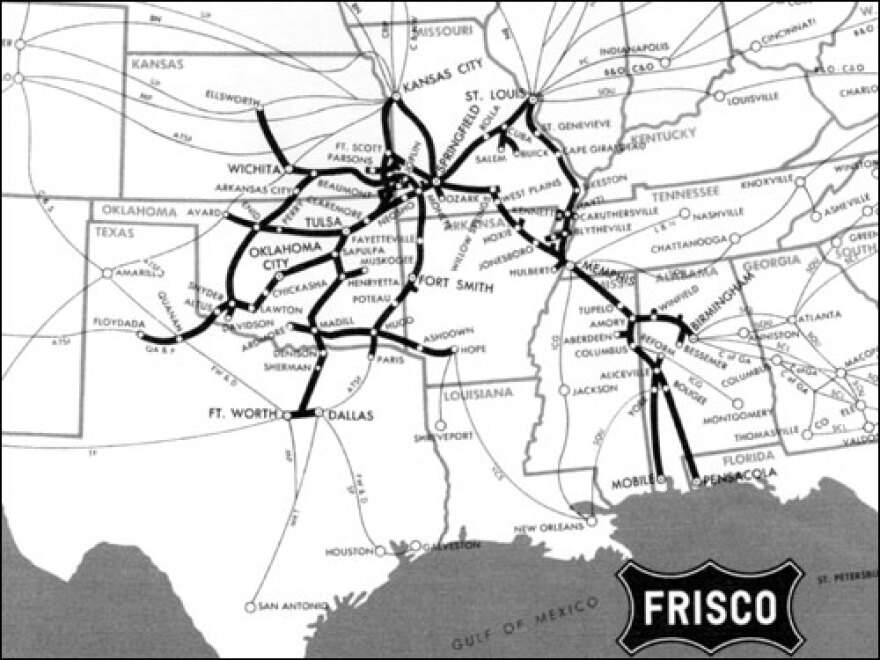It seems like almost yesterday that “Big Red” made its last run on the Frisco Railroad Line from St. Louis to Memphis, Tennessee. In September of 1965 the Frisco was ending passenger service on this line.
The interstate highways, air conditioned automobiles, and other social changes led to a decline in passengers and the Frisco saw no other choice.
Early in the day of September 17, 1965, engine number 807, known on the line as “Big Red,” pulled out of Union Station in downtown St. Louis and headed south – on its final run.
More than 200 passengers were on board, some on business, many just to participate in a sentimental railroad journey. Adults brought children and grandchildren to share an experience some of them had participated in on many occasions.
Teachers from Barnhart, Ste. Genevieve, and Bloomsdale scheduled special field trips to provide students with a great memory.
Mr. And Mrs. O. A. Owens of Cape Girardeau drove to St. Louis so they could make this memorable journey on “Big Red.”
Owens, a retired 49 year employee of the Frisco, surely was remembering the old days when he made this same trip – several times a week.
He recalled that at one time there had been stations and telegraph operators at Horine, Pembrook, Byers, Imperial, and a dozen other stations up and down the line.
“In the 1920's,” he stated, “we might have as many as 1400 people on a typical run from St. Louis to Memphis.”
“If we did not have a thousand people on board on our Sunday run – it was considered a light Sunday, a light trip.”
“Big Red” made its way south, through the forests and fields of Southeast Missouri: Kimmswick, Crystal City, Festus, Bloomsdale, Ste. Genevieve, Perryville, And the remnants of small, but formerly thriving river landings: Crawford, Hanging Dog, Hines, Moccasin Springs, Honkers, and Neely. Mr. Owens knew them all.
For Owens and many aboard “Big Red,” September 17, 1965, was a sad day.
Approximately three hours after their departure from Union Station the passengers gathered their belongings, adjusted their caps and hats, and, for the very last time, heard Conductor Montgomery call out:
“Next stop: Cape Girardeau.”
It seems like Almost Yesterday.






